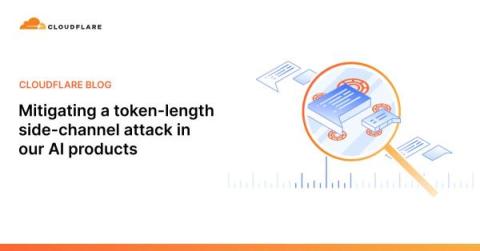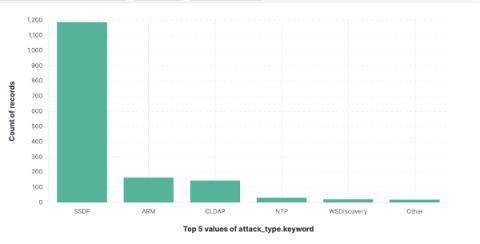Understanding Denial of Service Attacks: Prevention and Response Strategies
Denial of service attacks pose a significant threat to online services, with the power to disrupt and disable critical operations. This guide uncovers the numerous tactics attackers use, the motivations behind their malicious activities, and provides actionable strategies to fortify your network against these insidious threats.











